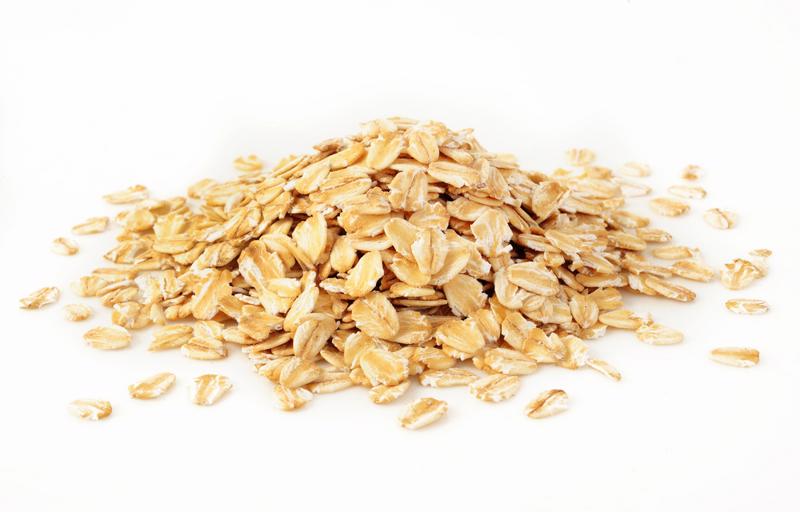It's this growth in oat usage — paired with poor crop yields — that has led to a global oat shortage. And suppliers are beginning to adjust their business processes and policies to mitigate the effects of that shortage.
Oat production in U.S. fell close to 40% in 2021
In 2020, oat farmers in the U.S. produced approximately 657,000 bushels of oats, according to data from the U.S. Department of Agriculture and National Agricultural Statistics Service. That number fell to just 398,000 last year, a drop off of nearly 40% on a year-over-year basis.
Limited rainfall has been a major contributor the dip in oat yields. Much like most other vegetation, oats require plenty of water to grow and thrive. But 2021 was a dry year not just for the states that lead in oat production — like the Dakotas — the same was true for the nation overall. According to the National Centers for Environmental Information, at least 5% of the U.S. was "very dry" for three-quarters of the year, with more than a third of the country receiving minimal rainfall in November alone.

The U.S. wasn't the only major oat-producing country that experienced severe drought in 2021. Dry weather also plagued Canada, the world's leading oat exporter. According to Bloomberg, 2021 was the worst oat harvest on record for Canada.
In response, major oat producers are starting to raise their prices. This includes Oatly, which specializes in oat milk, a popular dairy alternative. In an earnings call with investors, Oatly Chief Financial Officer Christian Hanke said the company has already begun to raise its prices due to supply chain fluctuations, inflation and diminished product.
"We are seeing higher costs, raw materials, logistics and energy globally as well as labor inflation," Hanke explained, according to a transcript from Seeking Alpha. "We are strategically taking price increases in [Europe the Middle East and Africa] the Americas to help offset a portion of these higher costs. Price increases are already in effect in certain markets in EMEA and we will begin to see the benefit of price increases in the Americas starting in the second half of 2022."
While the market will be the ultimate determinant of how much longer higher prices will last, Oatly is already taking measures to enhance oat output. Late last year, for example, the plant-based milk manufacturer revealed that it was preparing to build three new manufacturing facilities — one in Utah, another in Singapore and a third based in China. If all goes as planned, all the locations should be fully operational in 2023. Once up and running, these locations are expected to increase global capacity by 450 million liters per year.



Post A Comment:
0 comments so far,add yours